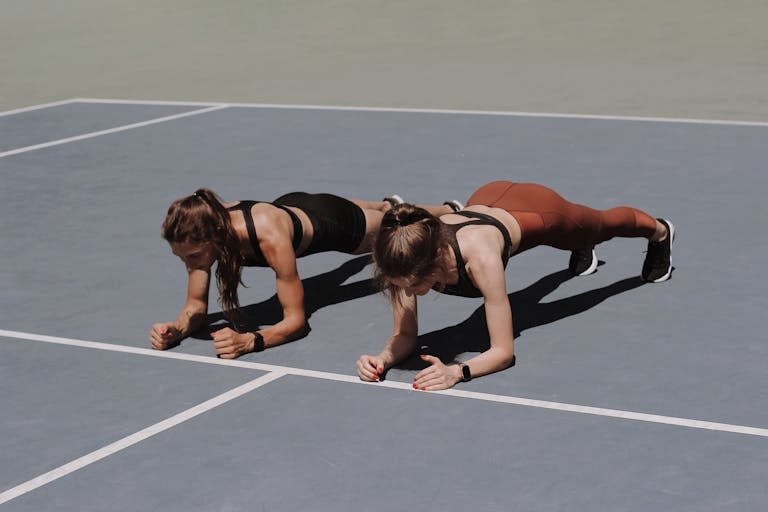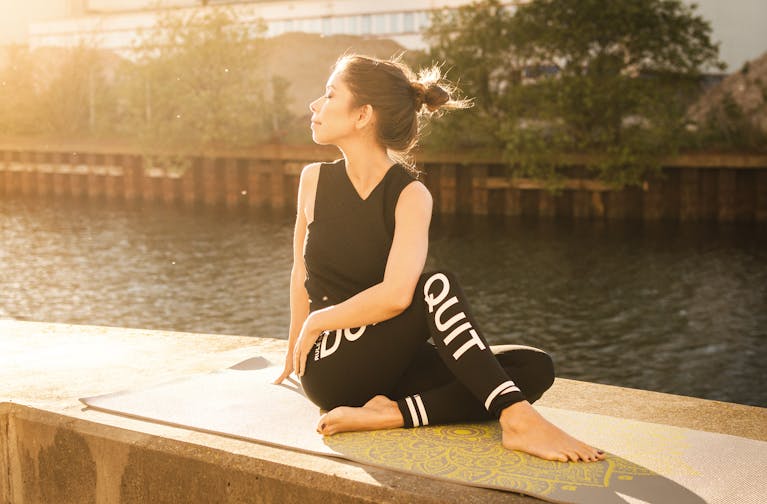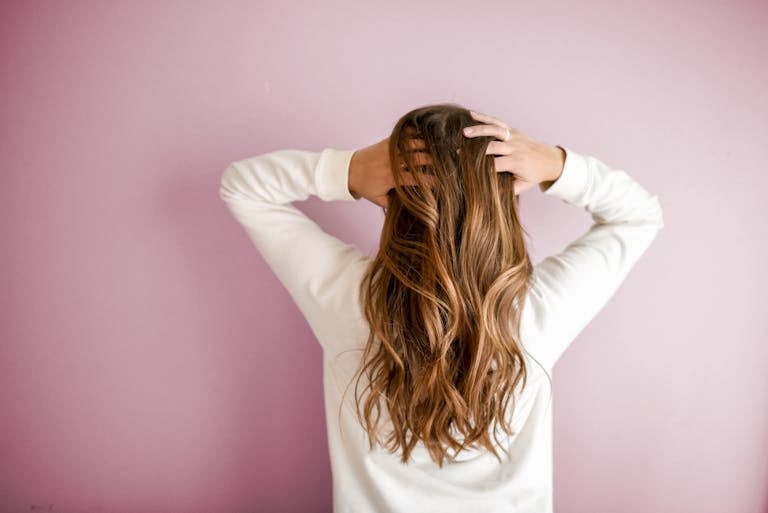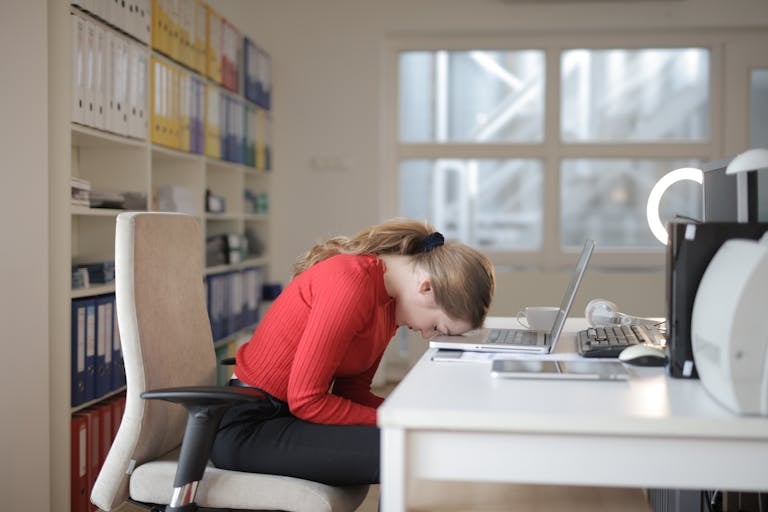How Yoga Can Boost Mobility and Confidence for Seniors
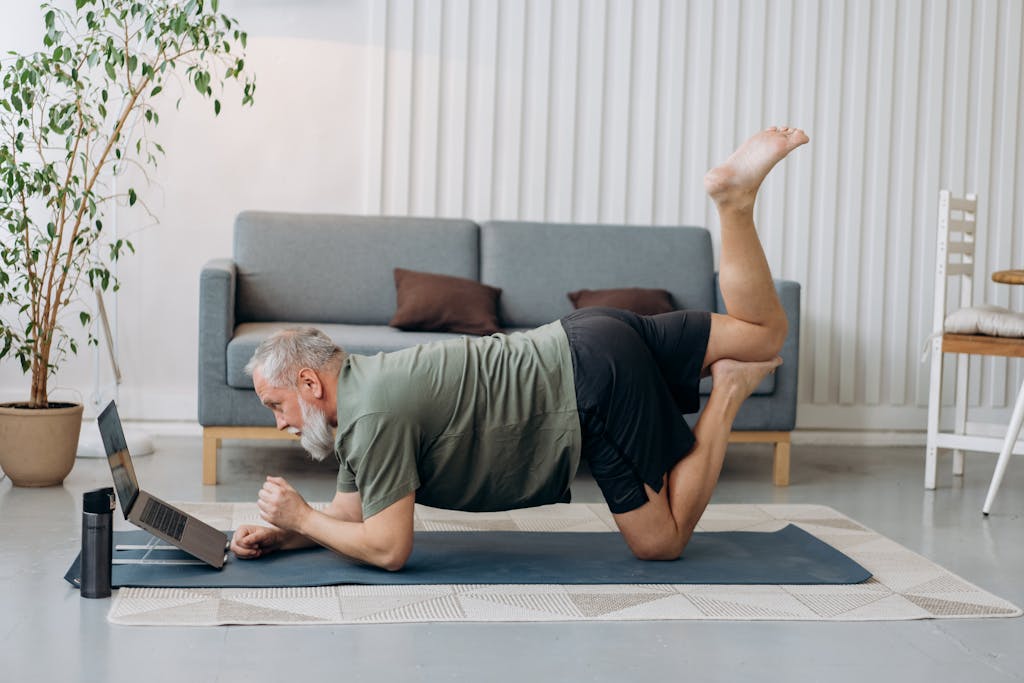
Mobility isn’t just about movement—it’s about independence. And for many older adults, maintaining flexibility, balance, and joint strength can be the difference between thriving and just getting by.
That’s where yoga comes in.
You don’t need to be flexible. You don’t need fancy gear. You don’t even need to get on the floor if that doesn’t feel right for you. Yoga, especially when adapted for seniors, is one of the most powerful tools for supporting mobility, stability, and confidence at any age.
Let’s walk through why yoga is such a great fit for seniors, how it benefits your body and brain, and a few gentle moves to get you started—whether you’re brand new to movement or coming back after time away.
Why Yoga Works So Well for Aging Bodies
Aging doesn’t mean losing all your strength or flexibility. But without movement, joints can stiffen, posture can decline, and stability can fade. Yoga addresses these changes head-on—with slow, purposeful movement that supports both the body and the nervous system.
Here’s what makes yoga uniquely helpful for seniors:
- Low-impact, joint-friendly movements
- Improved balance and proprioception (your ability to sense your body’s position in space)
- Increased flexibility without forced stretching
- Breathwork that supports relaxation and circulation
- Focus on posture, coordination, and core strength
And perhaps just as important—it’s accessible. Yoga can be done standing, seated, or supported with props. You can adapt each pose to meet your body where it is.
The Science Behind Yoga and Aging
Yoga isn’t just relaxing—it’s deeply therapeutic. Studies have shown that regular yoga practice can improve:
- Joint range of motion
- Muscle strength
- Postural stability
- Chronic pain
- Stress and anxiety
- Sleep quality
One study published in The Journal of Geriatric Physical Therapy found that seniors who practiced yoga for 12 weeks improved both their mobility and balance, reducing their risk of falls. Another study showed that yoga enhanced spinal flexibility and mood in older women after just 8 weeks.
What Kind of Yoga Is Best for Seniors?
Not all yoga classes are the same. Some are fast-paced or heavily strength-focused (like Vinyasa or Power Yoga). For seniors, especially those just starting out, it’s helpful to look for these types:
- Gentle Yoga: Slow, easy-to-follow movements
- Chair Yoga: Seated and standing poses with support from a chair
- Restorative Yoga: Relaxation-based, with longer holds and props
- Hatha Yoga: A balanced approach with a focus on breath and body awareness
Always let your instructor know about any joint replacements, balance issues, or injuries so they can suggest safe modifications.
Key Benefits of Yoga for Seniors
1. Improves Joint Health
Yoga encourages full-range movement of your joints, which helps keep them lubricated and strong. Gentle motion supports cartilage health and reduces stiffness.
2. Enhances Balance and Prevents Falls
Many yoga poses gently challenge your balance—something that naturally declines with age. Practicing controlled weight shifts helps train your body to recover more quickly from missteps.
3. Boosts Flexibility Without Pain
Forget touching your toes. The goal is comfort, not contortion. Yoga helps improve flexibility by relaxing tight muscles and lengthening connective tissues safely over time.
4. Builds Gentle Strength
Yoga uses your body weight to build strength in the legs, hips, shoulders, and core—all crucial for walking, standing up, and daily tasks.
5. Reduces Stress and Supports Mental Well-being
The breathing and mindfulness elements of yoga calm the nervous system, reduce stress hormones, and improve overall mental clarity.
6. Supports Better Posture
Rounded shoulders and forward head posture are common with age. Yoga helps realign the spine and re-engage postural muscles that get sleepy from too much sitting.
A Gentle Mobility Sequence to Try at Home
These beginner-friendly poses are safe, supportive, and focused on improving mobility, balance, and breath connection. Use a sturdy chair, yoga strap (or towel), and a folded blanket if needed.
Start with 2–3 rounds of deep breathing:
- Sit tall or stand
- Inhale for 4 counts
- Exhale for 6 counts
1. Seated Cat-Cow Stretch
Targets: Spine, shoulders, posture
- Sit on the edge of a chair with feet flat
- Inhale: Arch your back, open your chest, look up
- Exhale: Round your spine, tuck your chin
- Repeat 6–8 slow breaths
2. Seated or Standing Side Stretch
Targets: Hips, ribs, upper back
- Sit or stand tall
- Inhale: Reach one arm overhead
- Exhale: Gently lean to the opposite side
- Hold for 2–3 breaths, then switch sides
3. Chair-Assisted Warrior II Pose
Targets: Legs, hips, balance, posture
- Stand behind a chair, holding the back
- Step one foot back, keeping the front knee bent
- Arms can stretch out to the sides (or rest on the chair)
- Hold for 5 breaths, then switch sides
4. Seated Knee Lifts
Targets: Core, hip flexors, posture
- Sit tall, hands on the chair for support
- Exhale: Lift one knee slowly, pause at the top
- Inhale: Lower with control
- Alternate legs for 8–10 reps each
5. Legs-Up-on-the-Wall (or Chair)
Targets: Circulation, lymph flow, relaxation
- Lie on your back with legs resting on a chair or wall
- Close your eyes and breathe slowly for 3–5 minutes
- Optional: Place a folded blanket under your hips
Finish with 2 minutes of deep breathing or a gratitude reflection.
Safety First: Tips for Practicing Yoga with Confidence
- Start slow and listen to your body. You don’t need to feel sore to make progress.
- Use props like chairs, blankets, and walls for support and stability.
- Don’t force any stretch. You should feel a gentle sensation, not pain.
- Practice near a stable surface in case you need to steady yourself.
- Stay hydrated and avoid overheating.
- Consult your doctor or physical therapist before starting if you have any conditions like osteoporosis, glaucoma, or recent surgery.
Realistic Expectations: Progress, Not Perfection
Yoga for mobility isn’t about mastering difficult poses. It’s about:
- Feeling more steady on your feet
- Moving with less pain and more ease
- Being able to reach, twist, and bend comfortably
- Rebuilding confidence in your body
Give yourself time. Even 10–15 minutes a few days a week can add up to meaningful improvements in how you move and feel.
Where to Go from Here
Yoga isn’t about how far you can stretch—it’s about how present and comfortable you feel in your own body. And as you age, that comfort becomes one of the greatest gifts you can give yourself.
If you’re just starting out, begin with chair yoga or gentle seated flows. If you’re more mobile, explore standing poses with support. Whatever level you’re at, the practice can meet you there.
You don’t have to be young or bendy to start a yoga practice—you just have to start.


